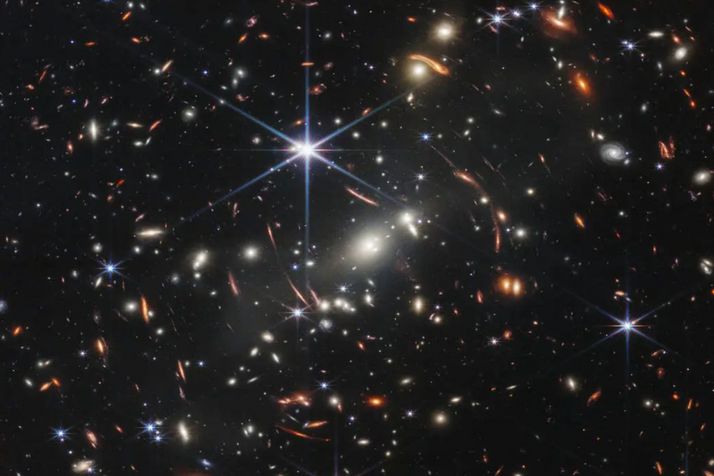
Jonathan Gagné
Credit: Courtesy
A major scientific breakthrough will be taking place soon thanks to NASA's Landolt space mission. The mission, at a cost of $19.5 million, will make it possible to measure stellar luminosities more accurately.
Jonathan Gagné, scientific advisor at the Montreal Planétarium, adjunct professor at Université de Montréal and member of the Trottier Institute for Research on Exoplanets (iREx), is part of the scientific team made of experts from 12 institutions, mostly in the United States.
"Being a part of this space mission along with brilliant experts by contributing to target selection and data analysis is an exciting prospect ! The impact that the Landolt mission will have in different areas of astrophysics, notably in exoplanet characterization and in measuring the accelerating expansion of the Universe, will be particularly interesting," explained Jonathan Gagné.
The Landolt mission, named in honor of astronomer Arlo Landolt, who created widely used catalogs of stellar luminosity, is based on the deployment of lasers calibrated on board a "CubeSat"-type satellite. Those lasers will be directed towards the Earth and will produce "artificial stars" whose brightness is known with precision, thus allowing telescopes on the ground to recalibrate the observed brightness from the ground and compare it to that of a set of about calibration 60 stars, which will then serve to refine our measurements of stellar brightness for billions of other stars in several major astronomical catalogs.
With technological progress, the old calibrations have become the principal source of error in measuring the luminosity for a majority of stars. Those calibrations were made in 1995 by scientists at the Space Telescope Science Institute and were based on a comparison of the observed brightness of three white dwarfs with the expected brightness from models of their atmospheres based on fundamental physics.
The Landolt mission comprises a crucial step in the quest for precision in astronomy. In solving the problems caused by the older calibrations, it opens the way to new discoveries and a better understanding of the Universe that surrounds us.







